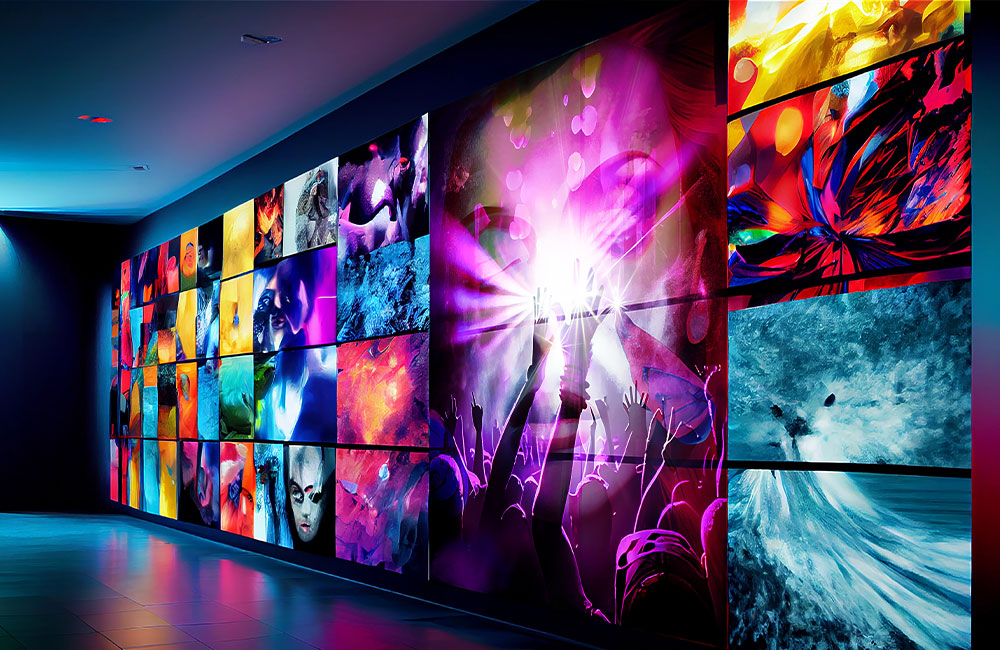Investigating the Longevity of Light Emitting Diode Wall Screens in Comparison to Traditional Screen Technologies
Investigating the Longevity of Light Emitting Diode Wall Screens in Comparison to Traditional Screen Technologies
Blog Article
LED panel panels have become progressively favored in current years, especially in environments like schools, corporate spaces, and public spaces. These panels use light-emitting lights (LEDs) to produce vivid and vibrant images. One of the most significant benefits of LED innovation is its durability in contrast to traditional display technologies, such as CRT ray tubes (CRTs) and liquid crystal screens. Grasping the distinctions in lifespan and performance between these technologies can assist buyers make informed decisions about their display needs.
Traditional screen technologies, like CRTs, have been present for numerous years. They were frequently used in televisions and PC monitors. However, CRTs have a limited duration, typically lasting approximately 10,000 to 20,000 hrs of use. This means that after a couple of years, users may observe a deterioration in picture clarity, such as fading or hue deformation. In contrast, LED panel panels can last considerably longer, often exceeding 50,000 hours. This prolonged duration means that users can experience reliable performance without the need for regular replacements.
Another important aspect to take into account is energy conservation. LED panel panels consume less Read More Here energy than conventional displays, which not only helps the ecosystem but also lowers electricity costs. For instance, while a CRT screen may use around 100 watts of energy, an LED panel can consume as few as 30 to 50 watts. This difference in power usage contributes to the total durability of LED technology, as lower energy consumption generates less heat. Excess thermal energy can damage electronic parts, resulting to a reduced lifespan for traditional screens.
In addition to their longer duration and power conservation, LED wall screens also offer enhanced image quality. They offer more vivid hues and better differentiation, making them ideal for various uses, from marketing to learning presentations. The innovation behind LED panels allows for a broader viewing perspective, meaning that visuals stay clear and vibrant even when viewed from the side. This is a major benefit over traditional displays, which often experience from hue distortion and diminished luminosity at broader angles.
In conclusion, the longevity of LED wall screens in contrast to conventional screen technologies is a key factor for consumers to take into account. With lifespans that can surpass 50,000 hours, power conservation, and enhanced visual clarity, LED technology provides many advantages. As technology continues to advance, LED wall screens are likely to turn even more prevalent in various environments. Grasping these differences can assist people and organizations make better decisions when purchasing in display technology, ensuring they receive the best value for their requirements.